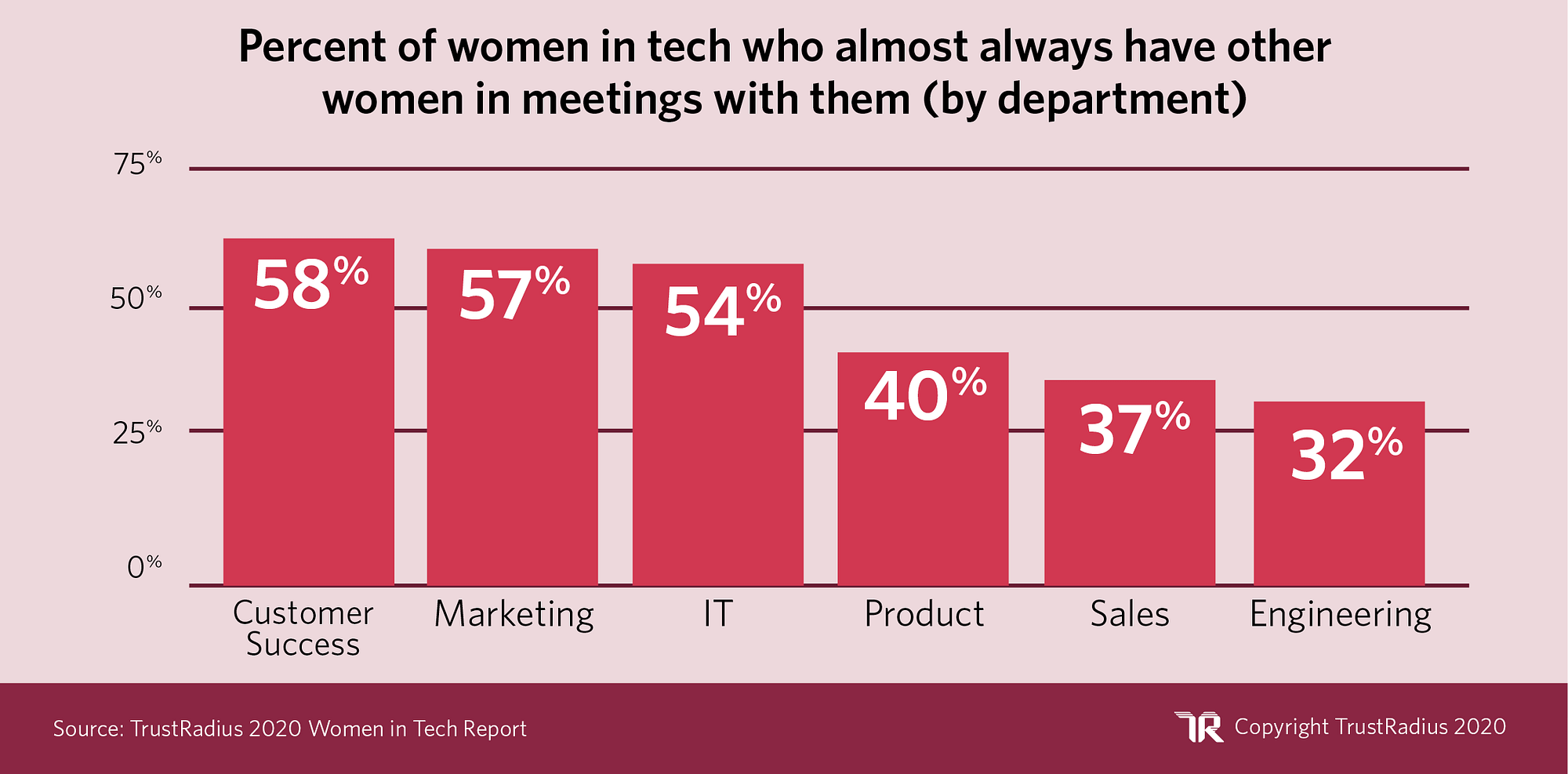According to different studies, gender inequality already existed 8000 years ago. In 2022, it didn’t go anywhere, being especially noticeable when it comes to job opportunities in tech. The IT industry is male-driven, and the share of women in tech grows very slowly. And despite the tech industry evolving rapidly, keeping a gender gap deep results in many missing opportunities rather than benefits.
That’s why in this article, we will dwell on the issue of diversity in hiring, discover the root reasons of gender inequality and recommend the way to hire more diverse tech teams.
Struggling with hiring a software development team right now? Drop us a line to overcome the challenge!
What does diversity mean?
Before finding out what is hiring for diversity and why you should have a diversity recruiting strategy, let’s dwell on the concept of diversity as such. According to the Oxford dictionary, diversity is “the practice or quality of including or involving people from a range of different social and ethnic backgrounds and of different genders, religions.”
The concept of diversity also goes hand in hand with equity and inclusion, where equity means fair and even access of diverse people to opportunities and resources, while inclusion means providing such access to people which somehow can be excluded, deprived, marginalized or condemned.
Together, diversity, equity and inclusion form the concept of DEI which, in turn, reinvents the ways companies approach candidates’ selection and is called to completely exclude any preconception and prejudice against candidates based on their health, age, gender, race, religion and social group.
Diversity in the tech industry. Facts and numbers
Despite being the most advanced and innovation-driven industry, the ICT sector lacks hiring diversity and has the most significant gender gap. Below are just some of the facts to prove it.
- The women’s share in tech is only 15%
- Only 5% of leadership positions in the technology sector are held by women
- A female startup founder is 86% less likely to be funded than a male
Gender distribution in leading tech companies is also uneven. For example, 85% of the Uber tech teams are male. In Google, the share of men accounts for 75%. In Amazon, Apple, Microsoft, and Facebook, there are 23-29% of female software developers and related tech specialists.
What’s more, the picture doesn’t change from country to country. Western Europe has a 76.6% gender gap, while it would take 65 years to fix gender inequality in North America. Iceland, in turn, is the country with the lowest gender gap index globally.
But the good news is that there is a 2% annual increase of women in tech. It would also be possible to get an additional $12 trillion in GDP if a gender gap is narrowed by 2025, so getting started with diversity hiring practices can be an opportunity to generate more value. We will get back to the benefits of hiring for diversity in the next paragraph, and now let’s dive deeper into the roots of the gender gap in tech.
Why is the tech industry still a male-driven world?
Below are some of the theories that, according to different studies, are the main reasons for the huge gender inequality gap in the tech sector.
- “Male computer geek” stereotype. Long story short, after computers evolved from simple calculators to entertaining machines, they were advertised and marketed as gaming solutions for the male target audience. It triggered a strong social belief that computers are “men’s toys”, just like cars. But if we consider computers as a toy in 2022, then the proportion of men and women playing video games is almost equal (48% of women and 52% of men, respectively). That is, the trend of “exclusively male toys” is gradually becoming a thing of the past, but does not tend to equalize the share of genders in the tech sector.
- Gender-specific expectations. Gender expectations caused by the natural roles of men and women in society are also the reason for significant gender inequality in tech. Simply put, some employers may be unwilling to hire women, especially for leadership positions, because of the risks associated with pregnancy and motherhood. For the development process, replacing an employee means additional hiring costs, and longer time to market, especially if the company has no talent pool of potentially suitable candidates.
- Biological differences between genders. According to the research, while women are more interested in people, men are more interested in things. From this perspective, a job in tech matches this specifics of male nature better. However, this is just one side of the coin – there are also tech jobs that directly involve human-to-human interactions, for example, a Project Manager. What’s more, it is largely accepted to believe that women have a more gentle and emotional nature, which is also not always the case.
- Different life goals. There is also a study that dwells on the life goals of men and women. According to it, women are more aimed at working with and helping people compared to men. However, this research doesn’t take into account people with atypical gender behavior, and in this case, life goals of both genders can differ.
How can diversity improve your teamwork process?
While there are still more men than women in tech, the picture changes if we take a look across the departments. For example, there are more women in customer success, marketing and IT departments than in sales and engineering units. It means that tech sector has a lot of opportunities for both genders, and you can leverage all the benefits of diverse hiring if you consider a role-based approach.
In addition, hiring more diverse teams promises the following competitive advantages.
- New opportunities. Diverse organizations are 70% more likely to capture new markets. The reason is that people from different cultures think differently, approach problem-solving in more creative ways and can be the representatives of the user groups you are targeting in a new market.
- Better performance. McKinsey proves that companies with diverse executive teams outperform their competitors by 30-36%. Better ideas lead to better software products, plus working in a multicultural team is engaging and interesting. It allows for keeping employees’ motivation and productivity high.
- An opportunity to attract and retain top tech talent. 76% of Glassdoor survey participants said they value a diverse workforce and it is one of the decisive factors for them when applying for a job. From this perspective, having diversity hiring practices in place allows for building a stronger employee brand, attracting best tech talent and retaining it at lower cost.
Unlock diverse hiring opportunities with Bridge
Hiring diverse tech teams promises a competitive edge, and it is gradually becoming a well-accepted norm. You are also welcome to get started with diverse hiring right now, and Bridge is here to help. At our talent sourcing company, we help businesses build thriving engineering teams according to the DEI principles and regardless of the location, race, and nationality. Instead, tech skills come first.
With our help, you can build international teams across three continents and leverage cultural diversity for higher innovation revenue. Our data-fueled engine is the main tool we use to carefully match the candidate’s skills with your project requirements, filling your open positions five times faster and 60% cheaper.
To ensure an even better cultural fit, our local talent sourcers communicate with your suggested candidates in their native language, making sure there is a cultural alignment and values match. That’s why most of our customers choose our sourcing-as-a-service to build multiple teams in different locations and always have instant access to the well-validated pool of technical candidates.
Hire diverse teams globally with our sourcing-as-a-service!





